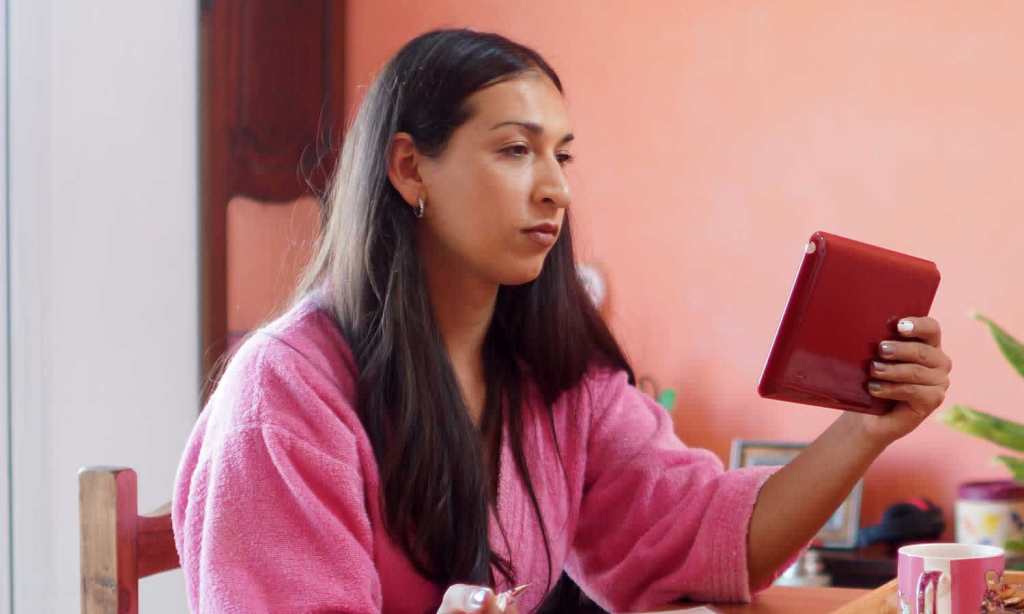The count down to Mardi Gras has begun! And while we couldn’t be more excited to come together with LGBTQIA+ people from all over the world to champion equal rights, it’s important to remember that we need to champion equal rights every day of the year — particularly in the workplace.
As Stephen Frost, a globally recognised diversity, inclusion and leadership expert, and the CEO and Founder of global diversity and inclusion consultancy, Included, points out, “We increasingly view LGBTQ+ equality at work as a positive norm, underpinned by anti-discrimination legislation and corporate floats at annual Pride marches. Nevertheless, bias at work still exist.”
In fact, in August 2021, a report published by employment expert SEEK revealed that LGBTQIA+ employees in Australia are twice as likely to be victims of workplace discrimination as their non-LGBTQIA+ colleagues.
What Challenges Do the LGBTQIA+ Community Currently Face in the Workplace?
“When we work with members from LGBTQIA+ communities, one of the biggest challenges they report is invisibility,” Deanna Singh, diversity, equity and inclusion expert and author of the soon to be released book, Actions Speak Louder: A Step-by-Step Guide to Becoming an Inclusive Workplace, tells The Latch.
“They note that so many organizations assume a cisgender heterosexual worldview, in ways they don’t even recognize. Everything from benefits coverage to party invitations can perpetuate compulsive heteronormativity (the pressure to conform to the gender identity and sexual politics of majority member populations).” Dress codes, parental leave, building facilities and even team building activities, can often completely exclude or ignore the needs of the LGBTQIA+ community.
In Australia, “The biggest issue remains inappropriate behaviours to out LGBTQ+ professionals, whether it’s being the target of inappropriate languages, jokes and innuendo, or more serious bullying or harassment based on their diverse sexual orientation or diverse gender identity,” says Mark Latchford, Associate Director at Pride in Diversity, Australia’s peak body for LGBTQIA+ workplace inclusion, and former Vice President/General Manager at IBM Corporation.
Unsurprisingly, such challenges can have a devastating effect on LGBTQIA+ individuals. According to Manjusha Merrymaker, Diversity, Equity and Inclusion Advisor at Merrymaker Consulting, “LGBTQIA+ colleagues can face a variety of psychological safety stressors that are seemingly polar.” She continues, “These experiences put the LGBTQIA+ community in self-preservation mode, rather than thriving from being accepted, or better yet, celebrated as equals with unique experiences.” She also notes that it is amplified when individuals have additional marginalised identities.
How Can Businesses Support LGBTQIA+ Employees Day-to-Day?
Merrymaker’s SAFE model (Self-educate, Align Words to Action, Focus on Progress, not Perfection, and Empower) is a simple, actionable way that businesses and non-LGBTQIA+ people can work to create a “Belonging Environment” for LGBTQIA+ employees.
- Self-educate: There’s no guidebook for solving LGBTQIA+ discrimination in the workplace and it’s not the LGBTQIA+ community’s job to educate you. Instead, learn to educate yourself and/or “[e]ngage an external consultant with lived experience and expertise to partner with your organisation so that LGBTQIA+ colleagues are not expected to perform unpaid labour duties of being an on-demand source of knowledge.”
- Align Words to Actions: Put simply, follow through. If you’re a senior employee, practise inclusive leadership. If you’re a junior, shut down discriminatory behaviour. “Trust and connection are built when verbal commitments are met with aligned actions”, says Merrymaker. “Walk your talk by adjusting behaviour, policies and practices to support a Belonging Environment for all.”
- Focus on Progress, Not Perfection: Don’t get too caught up worrying about saying or doing the wrong thing. “By focusing on avoiding making a mistake, we prioritise our comfort level rather than that of our colleague. You do not have to have the perfect thing to say. As horrified as we are when we don’t know exactly what to say, our willingness to work through our discomfort and feelings of clumsiness for the higher purpose of creating a Belonging Environment is generally viewed favourably.” Just be sure to listen.
- Empower: Listen to and amplify LGBTQIA+ voices, create new opportunities, show your appreciation to reflect their value, the list of things you can do to empower the LGBTQIA+ community goes on and on… but most importantly, be an ally (more on that below).
How Can I Be An LGBTQIA+ Ally in the Workplace?
Per Latchford, being an LGBTQIA+ ally is not hard. In addition to being educated about the LGBTQIA+ community and the discrimination they face in the workplace (and beyond), you should “[b]e visible so the community knows you are an ally and can be counted upon.” Latchford suggests doing so by wearing a rainbow pin or other accessories, declaring your allyship on your email signature (don’t forget to include your preferred pronouns), and being present at days of significance for LGBTQIA+ employees. You also need to actively be part of the solution (simply refer to Merrymaker’s SAFE model when you feel lost).
Why is Practising Allyship at Work Crucial For Supporting Our LGBTQIA+ Colleagues?
As Ash Beckham, inclusive leadership expert and author of Step Up: How to Live with Courage and Become an Everyday Leader, tells The Latch, “Allyship is essential for multiple reasons.”
First of all, allyship can help to alleviate the pressure on LGBTQIA+ employees. “When an LGBTQIA+ person advocates for themself, not only is it exhausting, it can be seen as self-serving,” she explains. “The mere act of advocacy can [also] out someone who is not ready to be out — allies serve as a safety buffer.”
Secondly, LGBTQIA+ and non-LGBTIQA+ colleagues have access to different environments, giving non-LGBTIQA+ the power to educate non-allies. “As a cis-gendered lesbian, I will never be in the men’s locker room, but when I have an ally in that space who openly is anti-homophobic, conversations happen more easily.”
And lastly, just as it is not the LGBTQIA+ community’s job to educate non-LGBTQIA+ people, it is not their job to end discrimination in the workplace either. “It is our collective responsibility,” says Beckham, “and allies are at the forefront of starting those conversations.”

